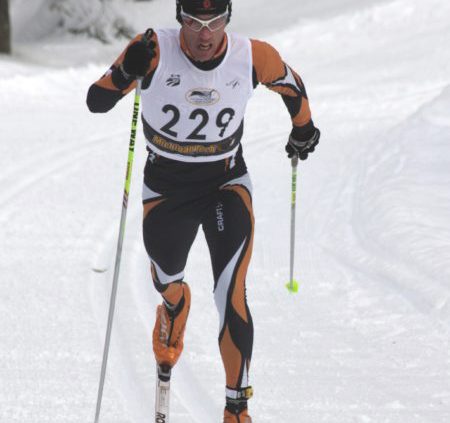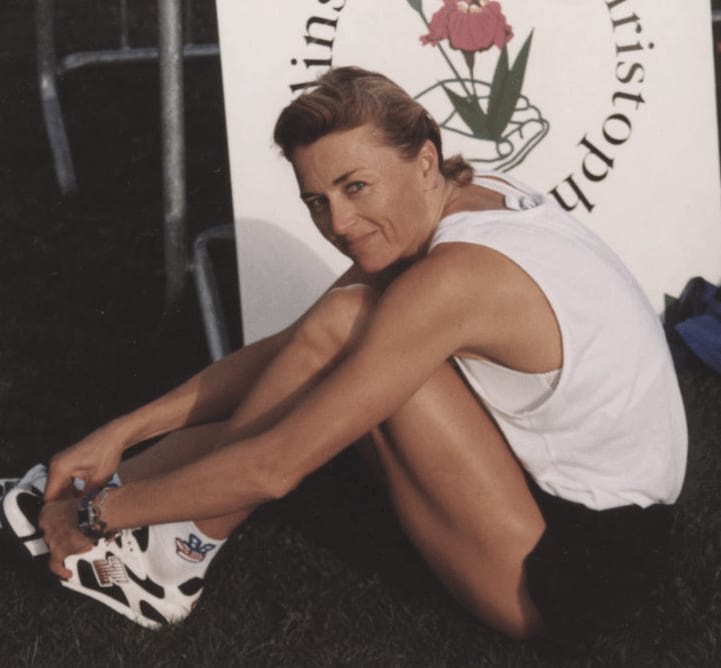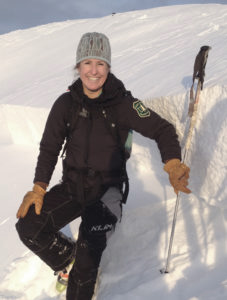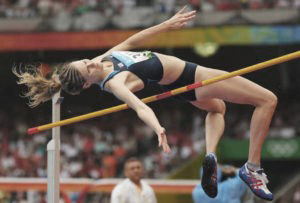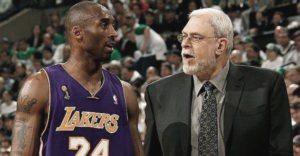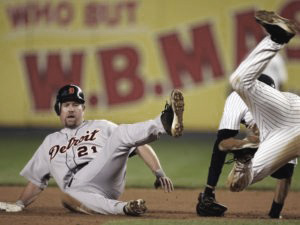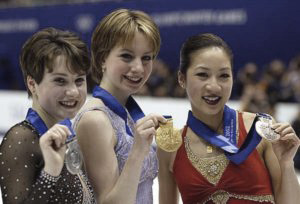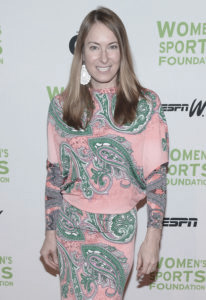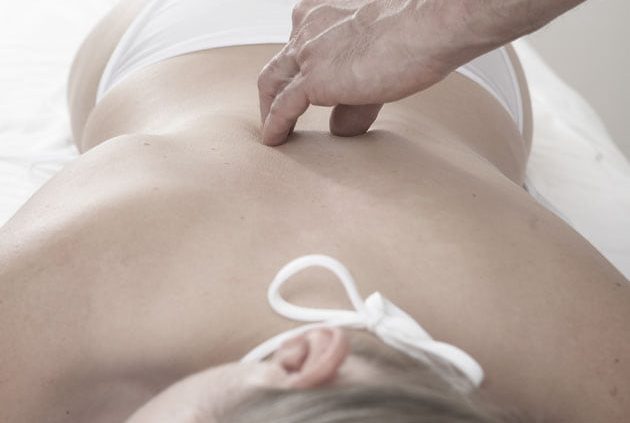Yoga and Rolfing® have many common themes. Both work on the physical development of a person by stretching and integrating body areas. Both work on the fasciae. Both deal with self-perception and the perception of the personal environment as well as with the focusing of attention. Both do not settle for an improvement in symptoms, but promote physical and personal development.
Rolfing has roots in yoga
Rolfing also has its roots in yoga. Its founder, Dr. Ida Rolf, gave yoga classes in the 1920s in the USA herself. Using manual techniques from osteopathy, she occasionally helped yoga students who had issues with certain asanas. When people with physical problems came to her, she initially resorted to movement exercises from yoga. Over time, she realized that the asanas did not produce the desired stretching. Over the years she experimented with many different approaches. It took her more than 30 years to perfect her technique before she began teaching Rolfing in the mid-1960s.
Rolfing and yoga work with fasciae
When you go into a hatha yoga posture, you stretch structures in your body which allow for greater flexibility and a more supported, upright posture. What you stretch in your body are the fasciae. Fascia is the “wrapping material” of muscles, nerves, veins, bones, organs and even your brain cells.
Tension and blockages are caused by glued and shortened fasciae. This leads to movement restrictions, which you feel in the asanas. In yoga and Rolfing we stretch the fasciae very carefully and slowly. Over the course of time the body becomes more and more flexible, more and more integrated and can move more easily.
Yoga supports Rolfing
When you receive Rolfing sessions, you can accelerate your personal progress with certain yoga exercises. Clients who wish to do so receive one or two yoga exercises from me in each session.

Photo by Autumn Goodman on Unsplash
When you reach your limits in yoga
There are asanas which resist all efforts. You just can’t get any further. Your whole body is flexible, but there is a certain place which you seem to have a limited range of motion – Here is a picture: When you stretch a chewing gum, it becomes thinner and thinner, but the lump does not dissolve. This is the reason why yoga can make scoliosis (lateral deviation of the spine) worse. This is also the reason why Dr. Ida Rolf supported her yoga students with manual techniques from osteopathy.
Rolfing supports your yoga
- Rolfing helps you to get into your favorite asanas more easily.
- Rolfing opens up a shortened tissue that has formed around your weak points and injuries. Asanas that you have previously been avoiding – because they were too painful for you – are now possible.
- Rolfing takes care of your postures and helps you to maintain an upright, loose posture. Asanas, which up to now have been very uncomfortable or strenuous, are much easier for you.
- Rolfing works in places that you cannot get to as a practiced yogini or practiced yogi.
“Practitioners of Structural Integration (Rolfing) do not feel ourselves to be therapists. The gravitational field is the therapist. What we do is prepare the body to recieve the support from the gravitational field which gives a greater sense of well being.”
Dr. Ida P. Rolf

Photo by Marion Michele on Unsplash
What to expect?
A cooperation awaits you. Of course, it depends on what you bring with you and what your intentions are. We will first look at this current situation.
- We will look at the yoga asanas that are causing you difficulties. Then we put this into the overall context of your posture and the way you move and stand upright.
- The consideration of stability problems is certainly also essential.
- We work on the massage bench, sitting on the chair and occasionally on the yoga mat. You wear light yoga clothing or shorts.
- We will also go into movement and explore things you can experiment with in everyday life.
Every single Rolfing session has something exploring or trying. This is because every body is different, behaves differently, needs something different. Our common task is to find out which movement it lacks. You as the client provide the intention, I bring the tools and then, with four eyes, we look together for the way – from session to session.
Articles on the topic:
“Deep Impact” by Linda Knittel Both articles describe the effects of Rolfing on yogis and yoginis.
Video zum Thema:
“Understanding Connective Tissue – Yoga Anatomy” by David Keil Yoga teacher David Keil explains very vividly the anatomical background of Yoga. He describes the function of connective tissue and fascia in the human body.
If you have any questions, please feel free to contact me in my practice in Berlin or Munich. Here you will find the contact page.



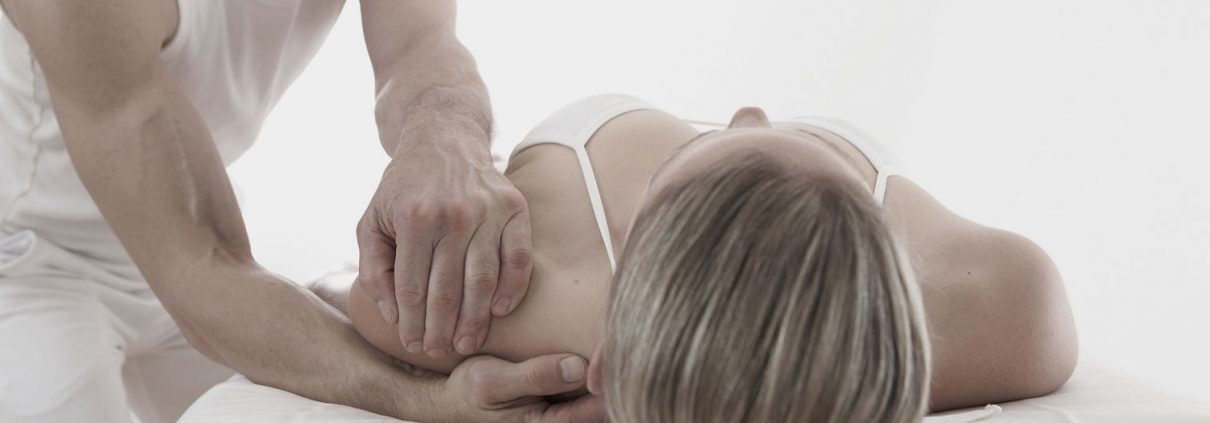

 The cougar feeling
The cougar feeling